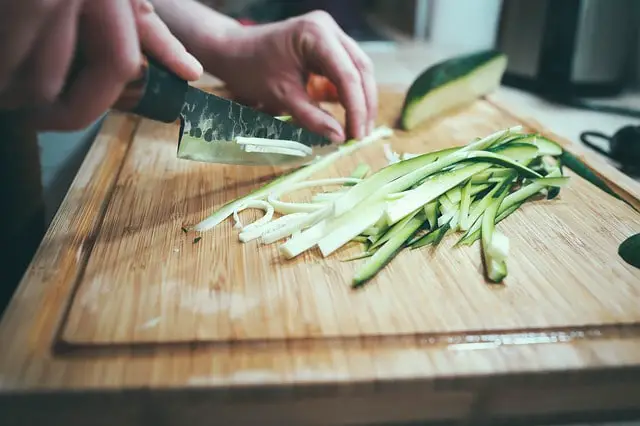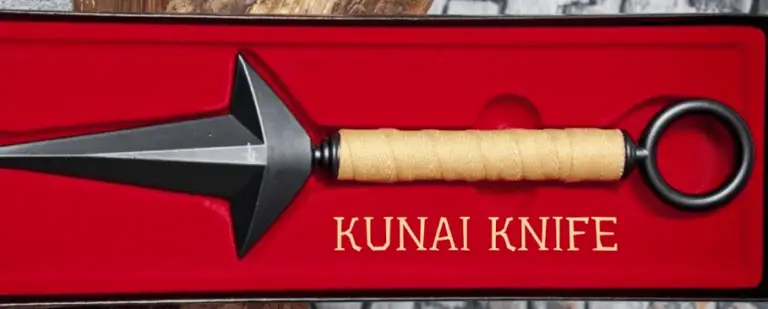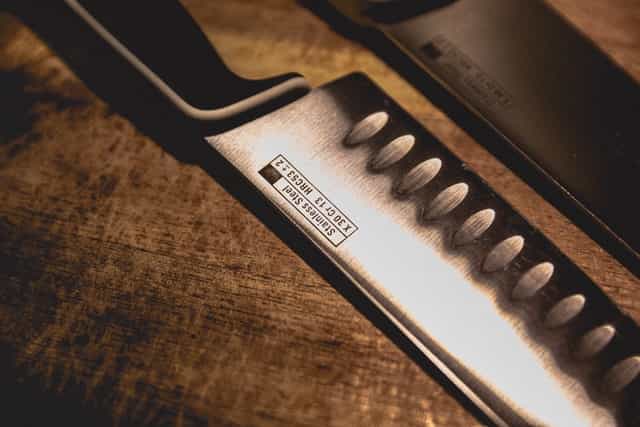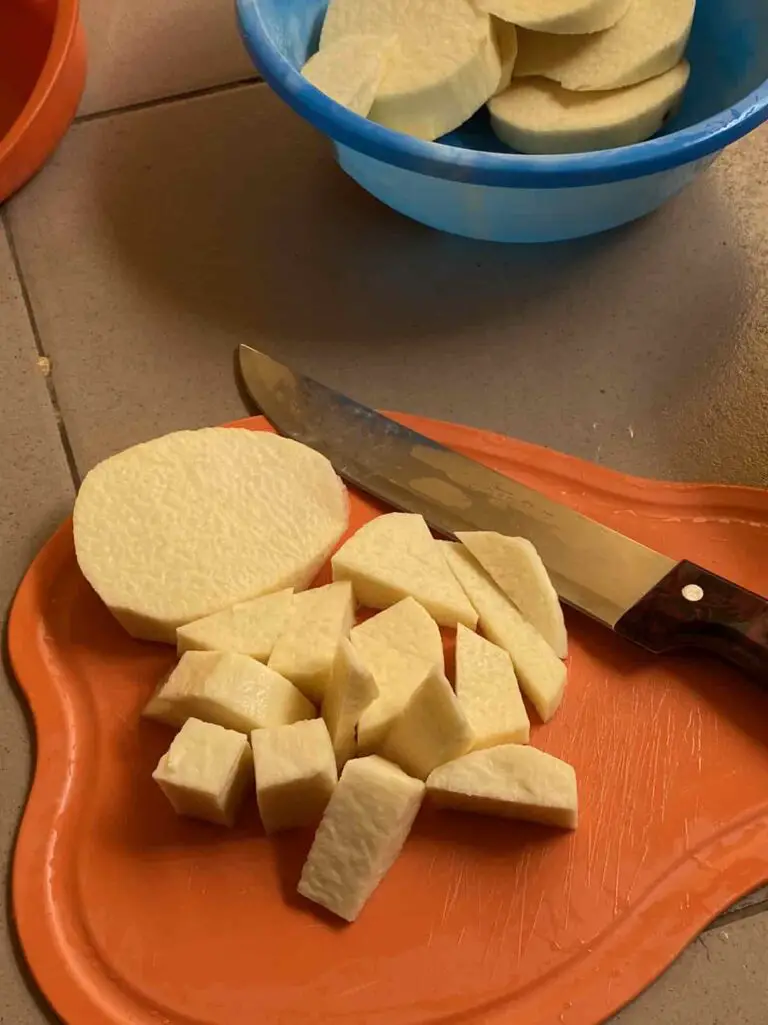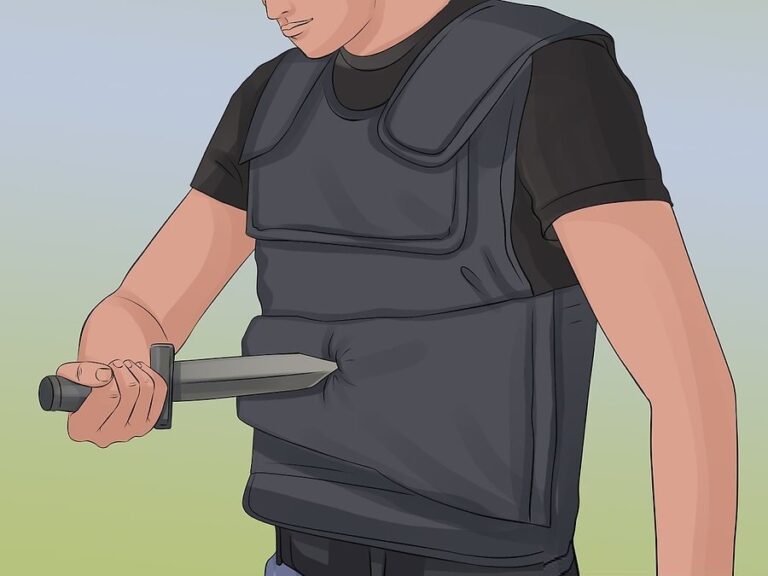Even MCU Thor, the god of Thunder, loves a great balance. That was why Vision commented on his hammer being ‘terribly well balanced.’ No wonder he wields that tool with such dexterity.
You and I might not be at that god level, but we do want to get a lot of things done easier and faster with our kitchen knives. If you have never thought about it before, though, the balance of that knife is important in telling how well you can use it.
Today, we discuss how to tell if a kitchen knife is well balanced or not – and what you should do in each case.
Table of Contents
What Makes A Balanced Kitchen Knife?
Many knife users and guides tend to assert that there is a single point on the knife where the balance could be. That could not be farther from the truth.
For starters, let’s dive into what a balanced kitchen knife is:
A kitchen knife is balanced when the center of gravity acts through the middle of the blade, depending on the grip. A knife can be well balanced for a certain grip style but not be as balanced using another grip.
This is why knife users should consider how they hold and use the knife – and also make sure they use each knife as appropriate.
With that, you can see that a balanced knife could be considered unbalanced in the hands of someone who doesn’t know how to use them.
Most of us are used to the normal German and American chef knife designs, for example, and how we use them. If we were to use a santoku knife for hours on end like professional cooks, we might start to feel like it is not as well-balanced as the chef knives.
That would not be true. It is simply the fact that we are used to the grip style on the chef knife and forgot to modify that grip for our santoku.
Where Should the Balance of a Knife Be?
No matter what kind of grip or knife you have, the balance should be designed with a general rule in mind.
Knife balance should be located at the point just after the bolster but not far into the blade. This point usually represents an equal distance from the tip of the knife and the butt of the handle.
A knife that has its balance point closer to the handle than the tip will tilt back on use and is said to be handle-heavy. There are also blade-heavy knives that have their balance far into the knife such that the knife tends towards the front during cuts.

Note that the balance of a knife can be ‘altered’ by the way it is held and used. The holding position shifts the point where the center of gravity acts through, such that the knife can become blade or handle heavy again.
Professional knife users can safely alter the balance of their knives based on how they prefer to use these blades. For home cooks and amateur users, though, it is best to get a well-balanced knife that you use normally out of the box.
How to Tell If Your Knife Is Balanced
Again, remember that different types of knives will balance at different points. Also, the grip and cutting technique might alter the balance of the knife.
Once we are clear with that, here is a video on different balance points for multiple knives and gripping styles:
From that video, you will see how easy it is to ‘unbalance’ a knife that is usually balanced based on your grip.
Can A Knife’s Design Affect Its Balance?
Yes.
Here’s the general idea of balance so that you get what we are going for here:
We want to find the part of the knife where it can stand on a tip without rocking forward or backward. This is the point where the weight of the knife acts through, meaning that it neither leans forward nor tends backward when in this position.

Thus, the knife does not look like it is straining your hands back or pushing the blade forward when using it.
So, how can the knife’s design alter its balance?
A knife made from heavier steel material than the handle will be more blade-heavy as the weight is more concentrated in the blade. Where the manufacturer puts on a heavier handle, the knife becomes handle-heavy and tends towards the back.
This is why it is important to buy a good knife from a good manufacturer too. Besides just making blade steel and adding a fancy handle to it, good manufacturers also ensure the knife is well-balanced and can be modified to a few gripping styles.
What Happens If Your Kitchen Knife Is Not Balanced?
Those who use their knives for only a few minutes at once might not notice anything off. This is true for home cooks and people who only cook once in a while.
When a professional handle such a knife, though, they soon start feeling the effects of the imbalance. They use their knives for longer, so they will notice:
- Strain from using the knife since it either tilts more towards the handle or blade;
- Slower cutting now that they have to manually and subconsciously correct the knife to move right.
Even if you’re not a professional cook, these things add up over time. Why not invest in a quality, well-balanced knife and never have to worry about kitchen fatigue from your knives?
Which Knife Balance Is Great for You?
If you are just starting with knives, or just started caring about their balance, a center balance knife is a great pick for you.
They bring the best of the blade heavy and handle heavy worlds before you choose to switch. If you ever choose to switch, that is.
Some chefs prefer a handle-heavy knife because it allows them more control when cutting a series of delicate food items that require precise cuts. Here, the blade doesn’t dig in too much and they get fine slices.
For the chefs that do a lot of heavy cutting (such as meat), it is not uncommon to see them use blade heavy knives. Since the weight is in the blade, they leverage that to make better cuts without applying too much force of their own.
This is another way to look at it:
- Centre balance – Versatile knife; great for a variety of things; preferred for beginners and home cooks.
- Handle-heavy balance – hard to chop with; great for delicate slices; impressive for carving and slicing.
- Blade-heavy balance – better for tougher cuts; poor for slicing and carving.
That is not a definite guide but it should set you in the right direction anyway.

